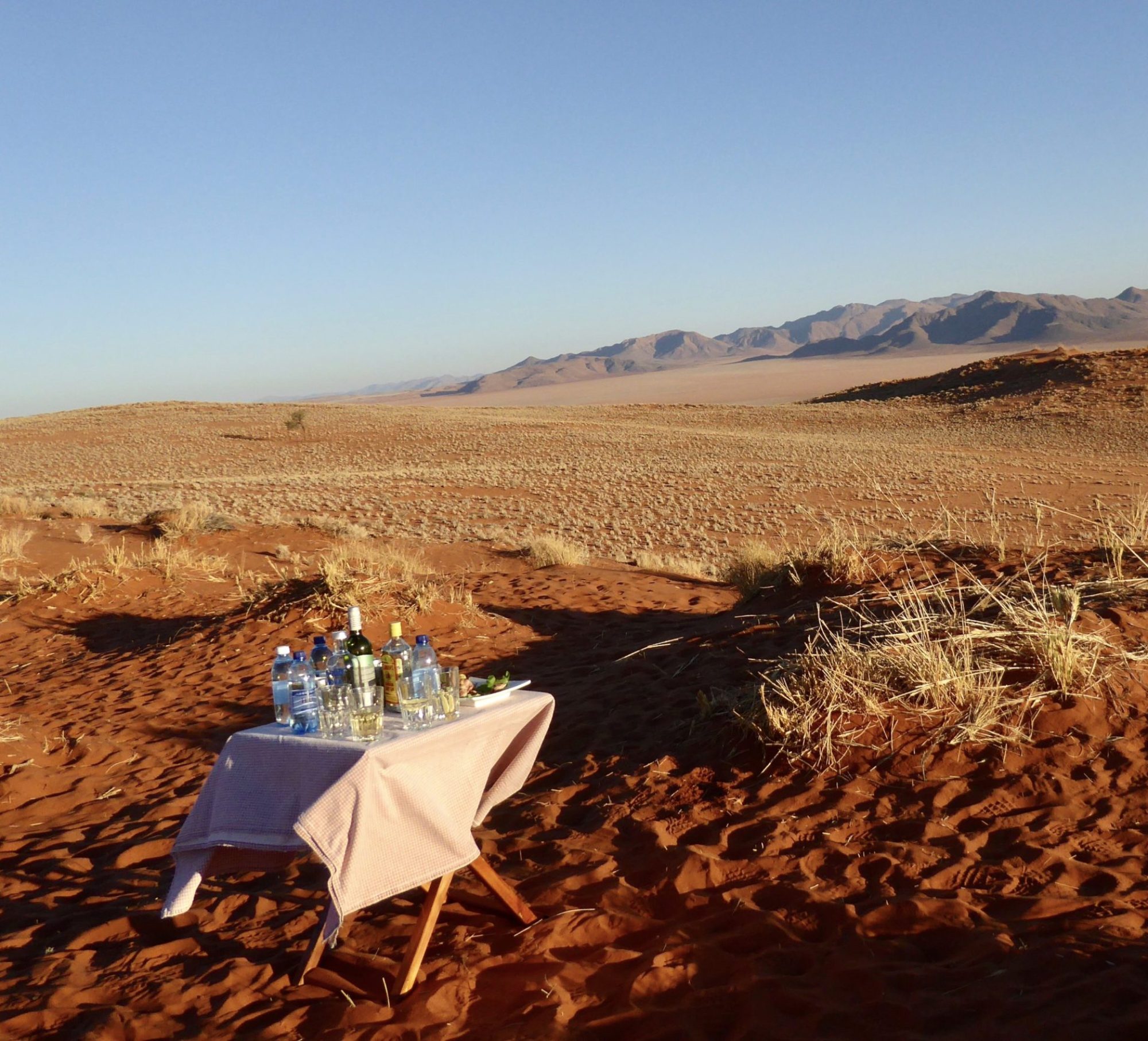
Graz, Austria
A week ago today, I found myself in a little village in Spain called Garganta la Olla, not far from the monastery where Charles V lived out his last years in the mid-16th century. I was struck by the pride people expressed in being from northern Extremadura. I was told that because of the greater amount of water there, the crops were better and the cuisine more delicious than you can find in the south of the region, which blends into the very dry Andalusia. 2500 km east, here in Graz, close to the other end of Europe, locals like to think of their region, Steiermark (Styria in English), as the “Mediterranean” part of Austria, because it’s generally drier, warmer, and spring comes earlier here than in other parts of the country. They even compare their wine region to Tuscany, and on sunny days I think they like to imagine that they’re a little bit Italian. These regional identities are not simply drawn along contemporary jurisdictional lines. Nor are they shallow or aggregate identities invented by a central government or the marketplace. They’re much smaller and rooted in history and nature. Styria, for instance, was once a duchy with its own dialect and bleeds beyond national borders into Slovenia. Its collective sense of self comes from climate and topography in addition to a still living awareness that this area was once a part of a cosmopolitan empire. Ask a Bosnian student why they chose to study in Graz, and they will likely mention the historical links between the regions. In his book, “The Future of Freedom,” Fareed Zakaria argues that European ethnic, linguistic, and cultural pluralism was one of the primary sources of modern Western notions of liberty. In the early 16th century, the imperial machinations of the Hapsburgs notwithstanding, Europe had within it more than 500 states, and the variety, Zakaria writes, had “two wondrous effects.” One, it allowed for diversity in ideas and art. What was unpopular in one place might thrive in another. And two, diversity nurtured competition between regions, which spurred innovation in political organization, technology, and economics. In short, it was, in part, Europe’s long history of cultural pluralism that made it difficult to centralize and control. The continent’s many rivers and mountains allowed for the existence of interstitial spaces between power structures, where notions of freedom were born and grew like grass in the cracks in concrete. By contrast, the more easily controlled, centralized empires of Asia didn’t allow for this sort of competition and leeway. It was more difficult for smaller groups to take refuge from centralized power. Centralization is not conducive to pluralism, and pluralism is a primary ingredient of freedom. And while democracy can flourish with diminished freedoms, it isn’t worth as much and ends up being merely a method of leadership selection. Of course, exclusionary movements demanding conformity can arise anywhere and from any part of the political spectrum. (Memories of Nazism also still linger in Styria.) But it’s important to remember that pluralism is always the antidote to any and all forms of coercion, and that on a sunny day you, too, can imagine that you’re Italian.

